Keeping a wild pet might seem like a glamorous idea, especially if you’re a celebrity with the means to care for exotic animals. However, the reality is often far less glamorous and much more complicated. While some stars manage to maintain a healthy relationship with their unconventional companions, others find themselves overwhelmed by the challenges of housing a wild animal. Here’s a closer look at 10 celebrities who took a walk on the wild side with their choice of pets—and what ultimately happened.
1. Reese Witherspoon and Her Donkey
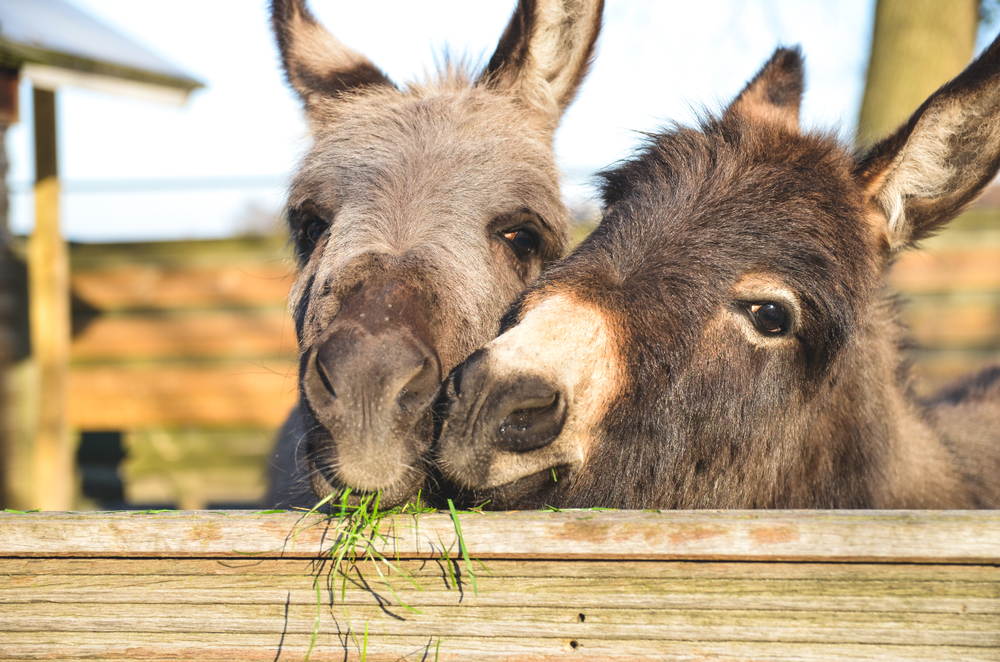
Oscar-winning actress Reese Witherspoon decided to venture into exotic pet ownership with a pair of donkeys named Honky and Tonky. Known for her grounded, all-American image, Witherspoon’s choice was less about glamour and more about rustic charm. Donkeys are not inherently wild, but they do require specific care and attention, often underestimated by first-time owners. Witherspoon’s experience with these animals was largely positive but not without its hurdles.
The actress found that donkeys require ample space and specific dietary needs, a commitment she was prepared to meet. However, the noise from the donkeys occasionally led to tension with neighbors, who were less enthusiastic about the braying. Despite these minor setbacks, Witherspoon’s donkeys were a manageable addition to her life, offering a glimpse into the reality of maintaining less conventional pets. Her experience illustrates that with preparation and commitment, some exotic pet adventures can work out well.
2. Justin Bieber and His Monkey
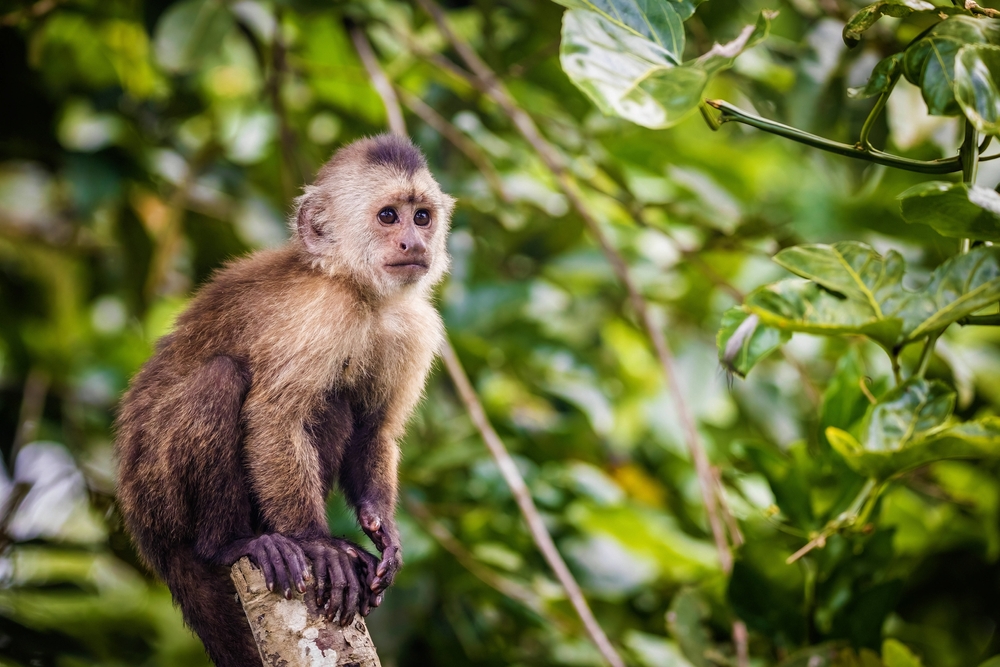
In 2013, pop sensation Justin Bieber made headlines when he adopted a capuchin monkey named Mally. The young star was often photographed with Mally, who became an unexpected companion during his tours. However, the relationship was short-lived; authorities seized the monkey when Bieber attempted to bring him into Germany without the necessary paperwork. The incident highlighted the legal and ethical complexities of owning such animals.
The separation from Mally was unavoidable, as keeping a monkey as a pet is illegal in many places without a special permit. Shortly thereafter, Mally was transferred to a German wildlife park where experts could provide proper care. Bieber’s experience served as a cautionary tale about the importance of understanding international wildlife laws. It became a teachable moment for many of his fans about the responsibilities that come with exotic pet ownership.
3. Mike Tyson and His Tigers
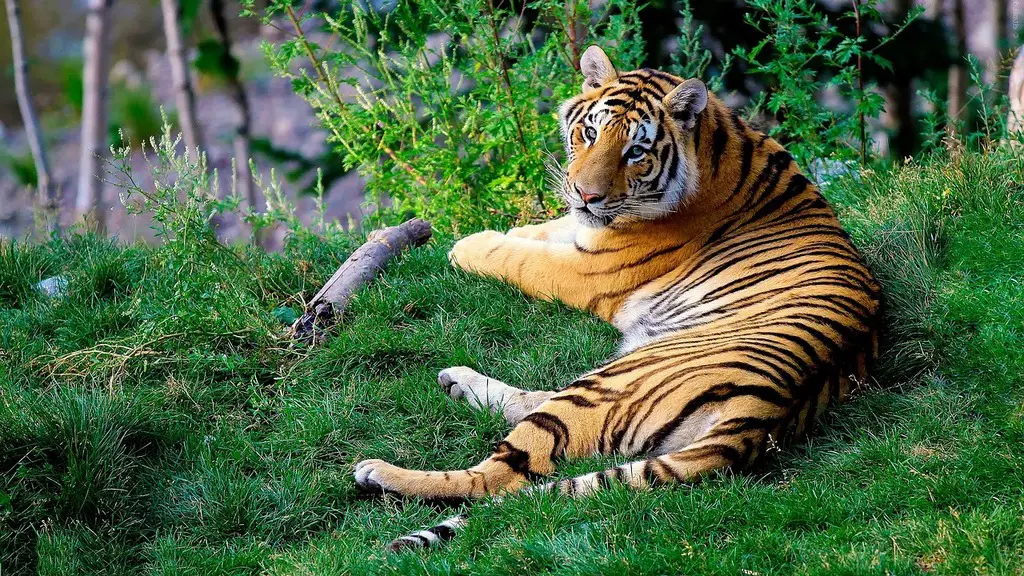
Boxing legend Mike Tyson is well-known for his stint with not just one, but three Bengal tigers. These majestic animals lived with Tyson in his Las Vegas mansion, becoming part of his fearsome public persona. While the image of a heavyweight champion with tigers may seem iconic, the reality was predictably complex. According to a report from The Guardian, Tyson later admitted that keeping these animals was a mistake due to the incredible demands and risks involved.
Eventually, the logistical and financial burden became too much, leading Tyson to part ways with his feline companions. The sheer power and unpredictability of tigers meant constant vigilance was required, escalating the risk factors. Tyson’s narrative is a stark reminder of the potential perils that accompany keeping wild animals as pets. It highlights the need for specialized care that is often beyond the capacity of even the wealthiest individuals.
4. Paris Hilton and Her Kinkajou
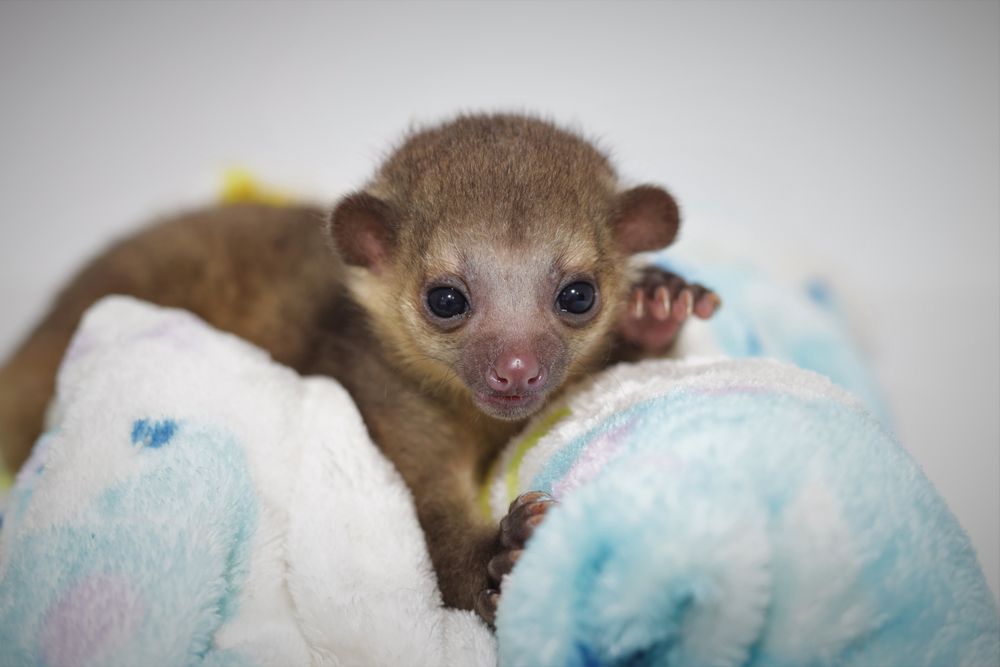
Paris Hilton, the socialite and media personality, has had her fair share of pets, but one of the most unusual was her kinkajou named Baby Luv. Known for her love of small dogs as accessories, Hilton expanded her menagerie to include this exotic creature. The kinkajou, native to Central and South American rainforests, requires specific care and a diet not easily accommodated in a typical home setting. Hilton’s unusual pet choice was a conversation starter, but not without its challenges.
Her experience with Baby Luv was complicated by the kinkajou’s natural behaviors, including biting. The animal once inflicted a notorious bite on Hilton’s arm, underscoring the unpredictability of wild pets. With time, it became clear that an environment better suited to the animal’s needs was necessary, leading to Baby Luv finding a home in a more suitable setting. Hilton’s kinkajou experience serves as a reminder of the reality behind the allure of exotic pets.
5. Salvador Dalí and His Ocelot
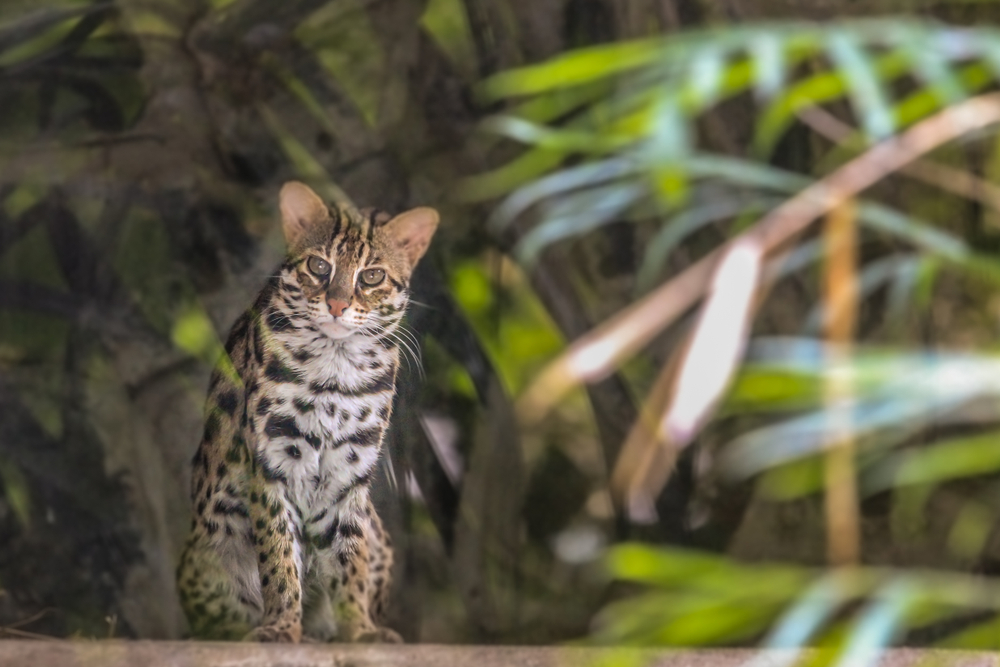
Surrealist artist Salvador Dalí had a penchant for the eccentric, a trait that extended to his choice of pet: an ocelot named Babou. Dalí took his feline companion everywhere, from upscale restaurants to luxury hotels, treating the wildcat as an extension of his artistic vision. The artist’s flamboyant lifestyle often overshadowed the practical challenges of caring for an exotic animal. In an interview with a biographer quoted by The New Yorker, Dalí quipped that the ocelot was simply a “normal cat painted with an op art design.”
While Babou fit seamlessly into Dalí’s surreal world, the reality was that an ocelot requires more than an artistic eye to thrive. The animal’s natural instincts and needs were significant, and the logistics of providing proper care in a domestic environment were demanding. Ultimately, the companionship was more spectacle than sustainable. Dalí’s time with Babou highlights the artistic allure and complex reality of keeping wild pets.
6. Tippi Hedren and Her Lions
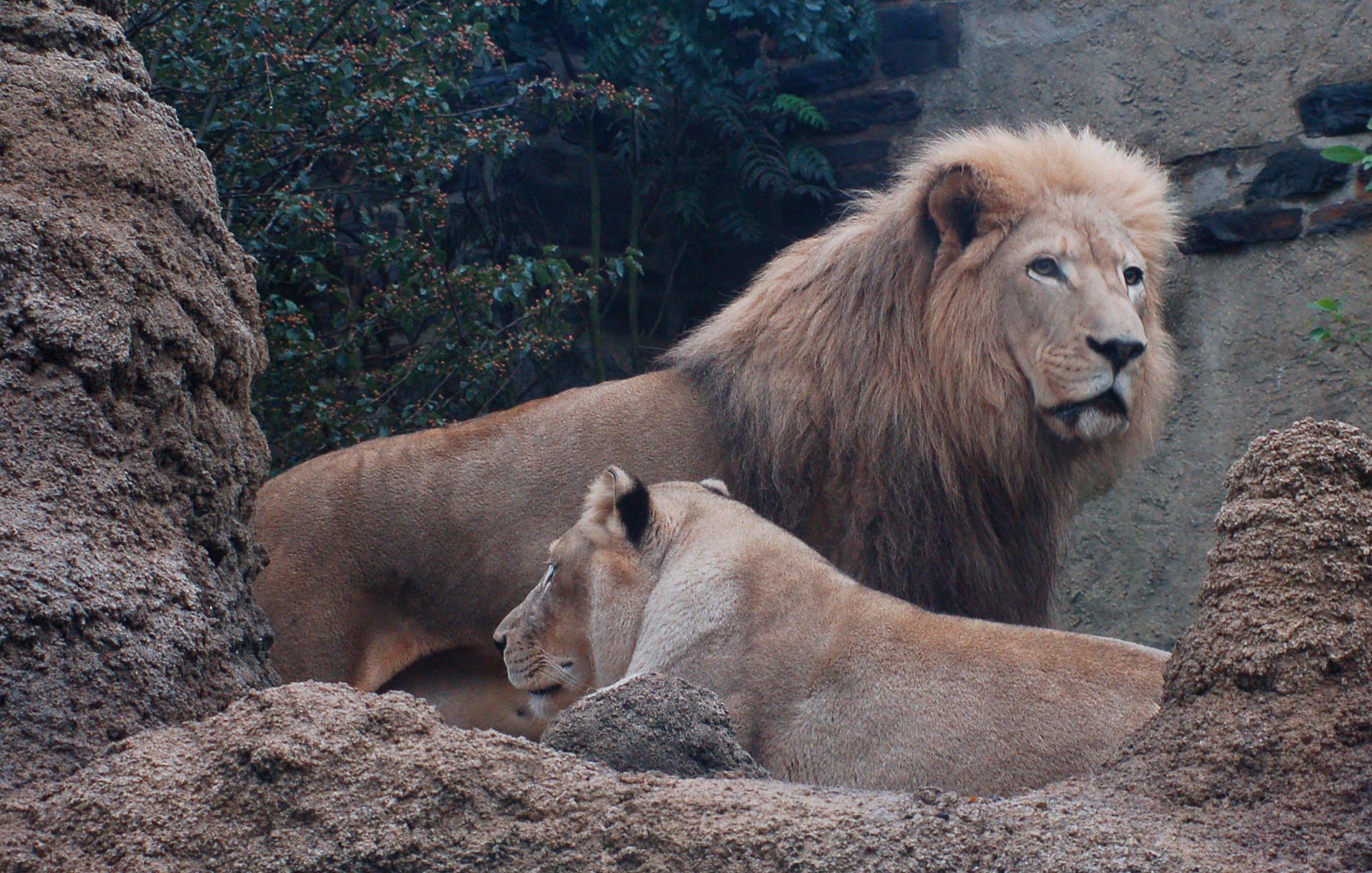
The actress Tippi Hedren is perhaps as famous for her role in Alfred Hitchcock’s “The Birds” as she is for her passion for big cats. In the 1970s, she and her family lived with a full-grown lion named Neil in their home, an unusual choice that blurred the line between fascination and folly. Neil’s presence was more than just a passing fancy; Hedren was deeply committed to the cause of protecting big cats. According to National Geographic, her experiences living with lions led her to found the Shambala Preserve, a sanctuary for exotic animals.
While Hedren’s intentions were noble, living with a lion was far from easy. The animal’s needs were immense, and the risks were significant. Over time, the romanticized vision of cohabiting with a lion gave way to a more realistic understanding of the responsibility involved. This experience eventually inspired Hedren and her family to focus on wildlife conservation rather than personal ownership, underlining the challenges of keeping wild animals as pets.
7. Kristen Stewart and Her Wolf-Dogs
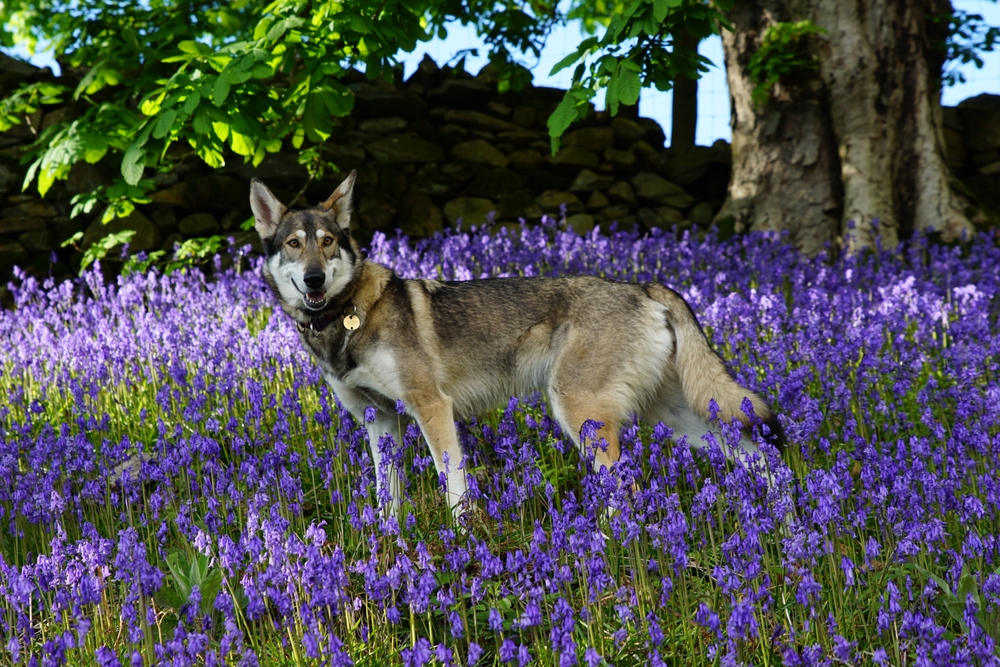
“Twilight” star Kristen Stewart has long been a fan of wolves, perhaps unsurprisingly given her role in the supernatural saga. She shares her home with a pack of wolf-dogs, a hybrid that is part domestic dog and part wolf. Stewart’s interest in these animals is more of a familial legacy, as her mother spearheaded a breeding program focused on these hybrids. According to a piece in Rolling Stone, the actress finds a unique sense of tranquility in their presence.
However, caring for wolf-dogs is no small feat. They possess a blend of wild and domestic traits that require careful management and an understanding of their specific needs. Stewart’s dedication to these animals involves a significant lifestyle adjustment, from training to socialization. Her ability to balance the demands of her wolf-dogs with her career showcases a unique commitment to her passion for these complex creatures.
8. Nicolas Cage and His Octopus
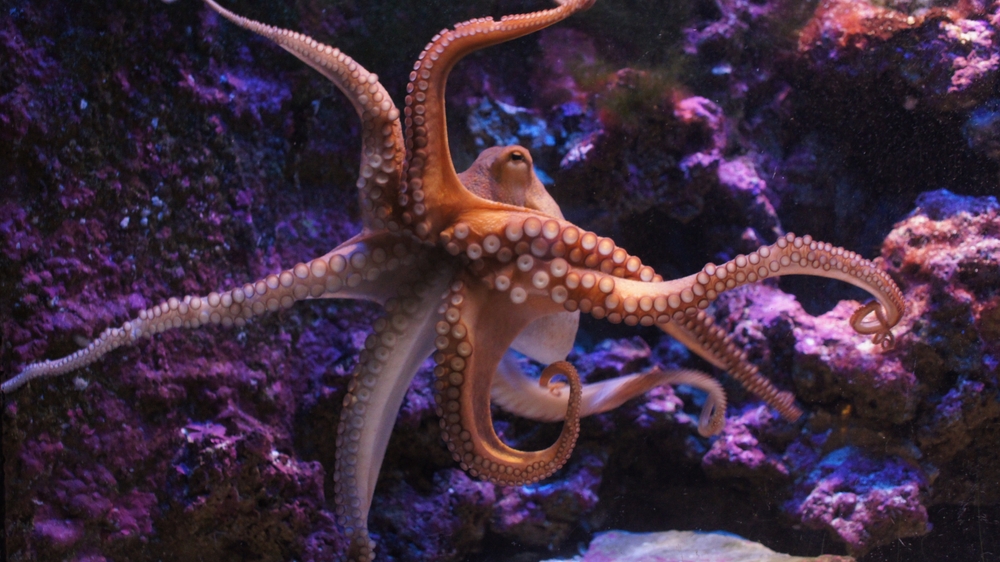
Eccentric actor Nicolas Cage has a reputation for being as unpredictable as he is talented, a trait mirrored in his choice of pet: an octopus. The sea creature reportedly cost Cage a hefty sum and was intended to inspire his acting. While an octopus might not pose the same dangers as a big cat or monkey, its care is no less demanding. Maintaining a proper saltwater tank requires expertise and constant attention to detail.
Cage’s octopus, while fascinating, highlighted the challenges of keeping marine life in a domestic setting. The animal’s short lifespan and specific environmental needs can make them a challenging pet for even the most committed owner. Eventually, Cage parted ways with his cephalopod companion, perhaps realizing that some inspirations are best admired from afar. His aquatic adventure underscores the importance of understanding the intricacies involved in caring for exotic animals.
9. Michael Jackson and His Chimpanzee
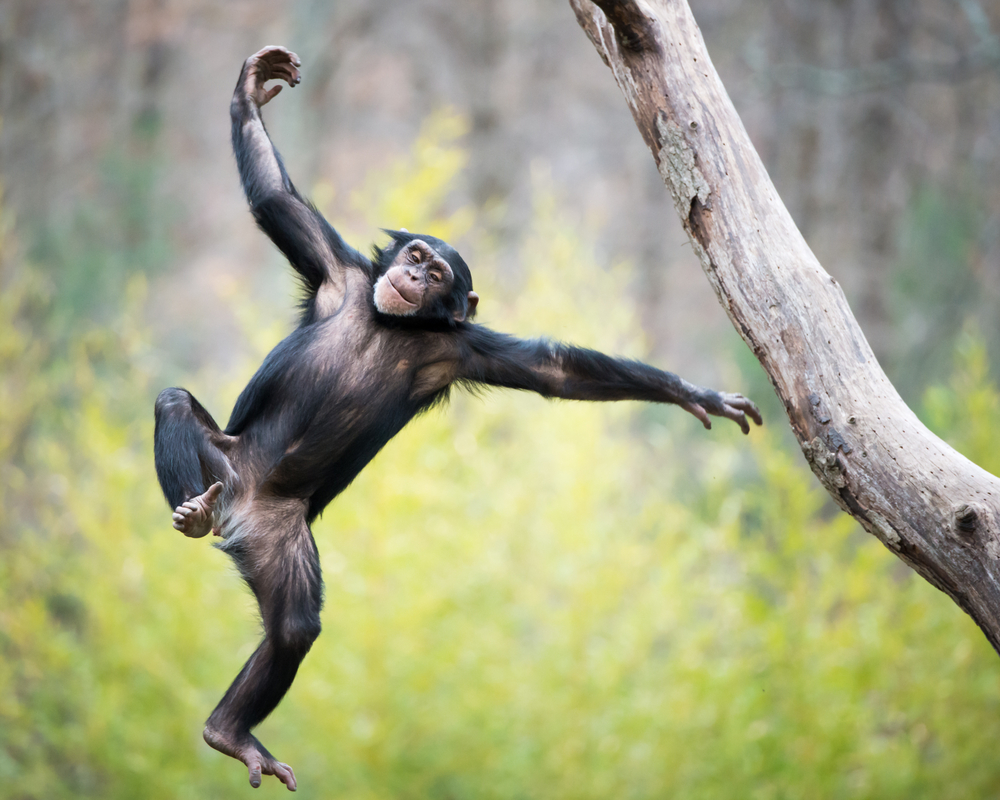
The late pop icon Michael Jackson shared his life with a chimpanzee named Bubbles, a relationship that became emblematic of the singer’s private world. Bubbles was more than a pet; he was a constant companion, even accompanying Jackson on tour. The chimp’s presence in Jackson’s life drew widespread attention, yet keeping an ape as a pet is fraught with ethical and logistical challenges. As Bubbles matured, his behavior grew more unpredictable and potentially dangerous.
Eventually, Bubbles was relocated to a primate sanctuary, where professionals could provide the care he required. This transition highlighted the sobering reality that chimpanzees, despite their intelligence and charm, are not suited to domestic life. Jackson’s bond with Bubbles serves as a poignant reminder of the complexities and moral obligations involved in keeping primates as pets. It offers a cautionary tale about the gap between intention and the practicalities of exotic pet ownership.
10. Charlie Sheen and His Chinese Water Dragon
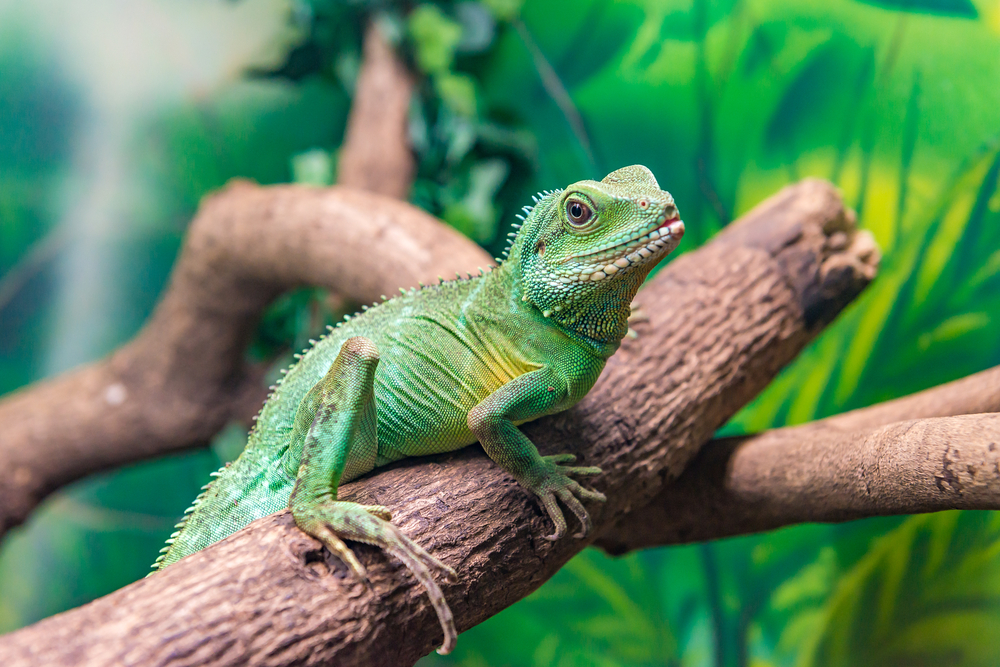
Actor Charlie Sheen has had his fair share of publicized antics, but one lesser-known chapter involves a Chinese water dragon named Hopper. This reptile, while not as headline-grabbing as some of Sheen’s other exploits, posed its own unique set of challenges. Chinese water dragons require specific environmental conditions, including humidity and temperature settings, to thrive. Sheen’s experience with Hopper was a mix of fascination with the exotic and the demands of responsible pet ownership.
Caring for Hopper required significant adjustments, from creating an appropriate habitat to understanding the reptile’s diet and behavior. The experience illuminated the often-overlooked complexities of caring for non-traditional pets. For Sheen, Hopper offered a chance to connect with nature in a more intimate way. However, it also reinforced the lesson that even smaller exotic pets come with big responsibilities, urging potential owners to research and prepare thoroughly before taking the plunge.
